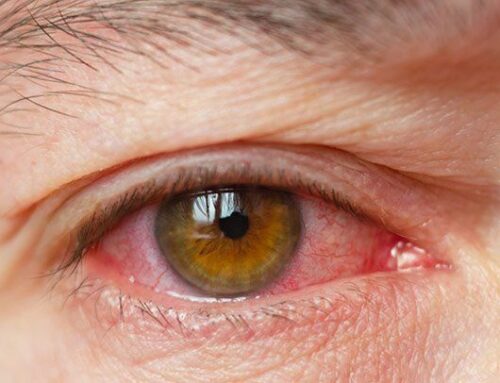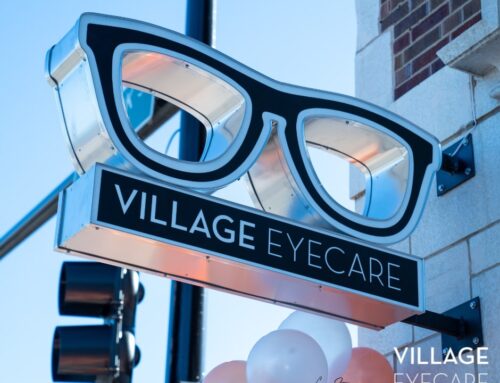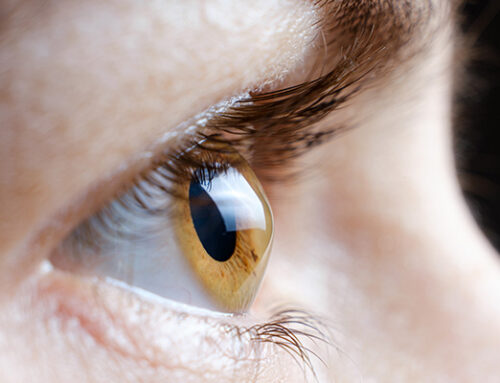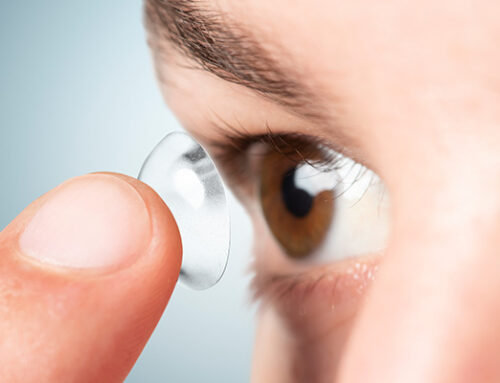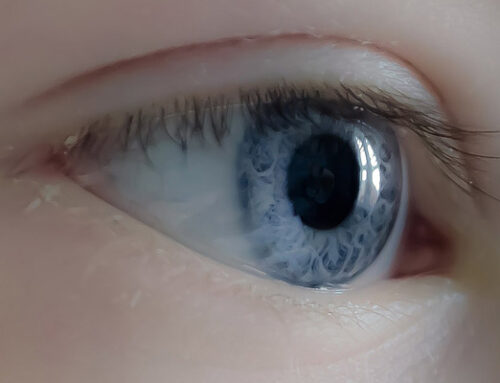Diabetic Eye Disease

Critical Facts about Diabetic Eye Disease
Whether you have been diagnosed with diabetes or this health problem runs in your family, it is essential that you work closely with an experienced optometry team. As the blood sugar levels change over time, these fluctuations can lead to complications. Diabetic eye disease is becoming more common, and we are encouraging patients with a high risk to maintain regular contact with our optometry team.
Diabetic Eye Disease: Group of Eye Conditions
When you hear the term “diabetic eye disease,” it actually refers to a group of eye conditions. These problems are complications that can happen to people with diabetes. The symptoms and eye diseases vary from person to person, but they might include:
- Diabetic Retinopathy: A condition that damages the blood vessels in the retina. Retinopathy is the most common cause of vision problems for people with diabetes. This eye disease is common among middle-aged adults and can lead to vision impairment. Eventually, the disease can cause vision loss.
- Glaucoma: The optic nerve is a group of nerve fibers that connects the brain and the eye. When the pressure in the eye increases, it can damage the nerve. Patients with diabetes have twice the risk of developing glaucoma compared to someone with lower blood sugar levels.
- Cataract: When the lens of the eye becomes clouded, it can cause vision impairment. Adults with diabetes are two to five times more likely to develop cataracts compared to those without diabetes.
- Diabetic Macular Edema (DME): One of the consequences of diabetic retinopathy is DME. The swelling in the eye happens in the macula, which is a specific part of the retina.
Just because you have diabetes doesn’t mean that you will develop these eye diseases. But, it is a good idea to maintain regular appointments with an eye doctor to watch for early signs of these problems.
Treatments and Balancing Blood Sugar
Your eye doctor will have treatment options that you can consider to slow the progress of your diabetic eye disease. But, it is hard to protect the vision if your blood sugar levels remain unstable. The best thing that you can do is focus on the medical treatments and lifestyle factors that will help with blood sugar management.
As the blood sugar levels are balanced, it helps to reduce the risk of complications, such as eye disease. In many situations, vision loss due to diabetes complications can be irreversible. So, it is important to take a proactive approach to protect your vision, instead of waiting for the vision problems to happen.
Early detection is the best solution because you can start using vision treatments to slow the progress of the disease. For example, with diabetic retinopathy, early detection and treatment could decrease the risk of complete vision loss by up to 95%.
But, people with early stages of diabetic retinopathy often don’t have symptoms, which is why they need to have full eye exams on a regular basis. If you have diabetes, then you should have a dilated eye exam at least once a year, possibly more frequently if you are already showing signs of this eye disease.
If you have diabetes or you are pre-diabetic, then we invite you to schedule an exam with our team at Village Eyecare. We are here to help with your diabetic eye disease treatment. Call today to learn more!



